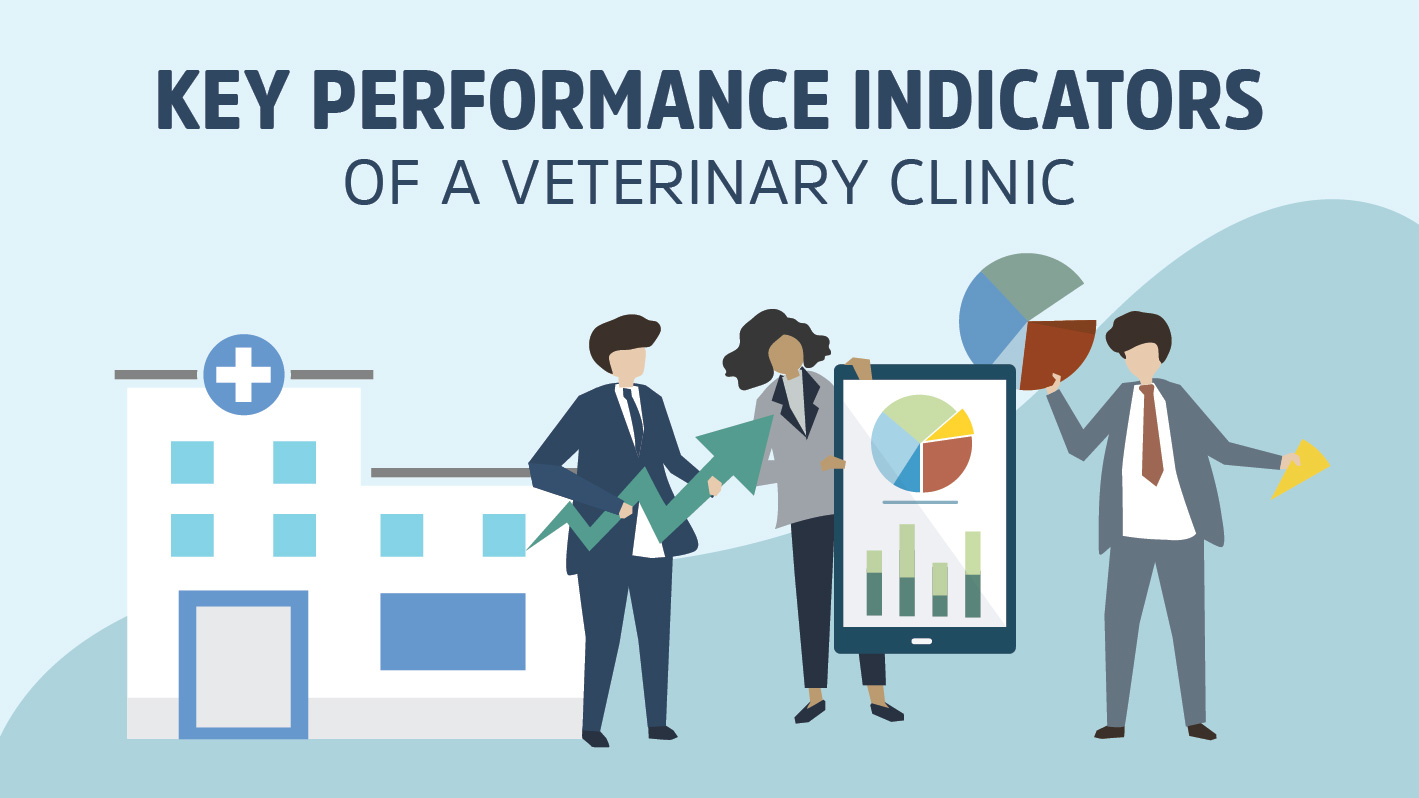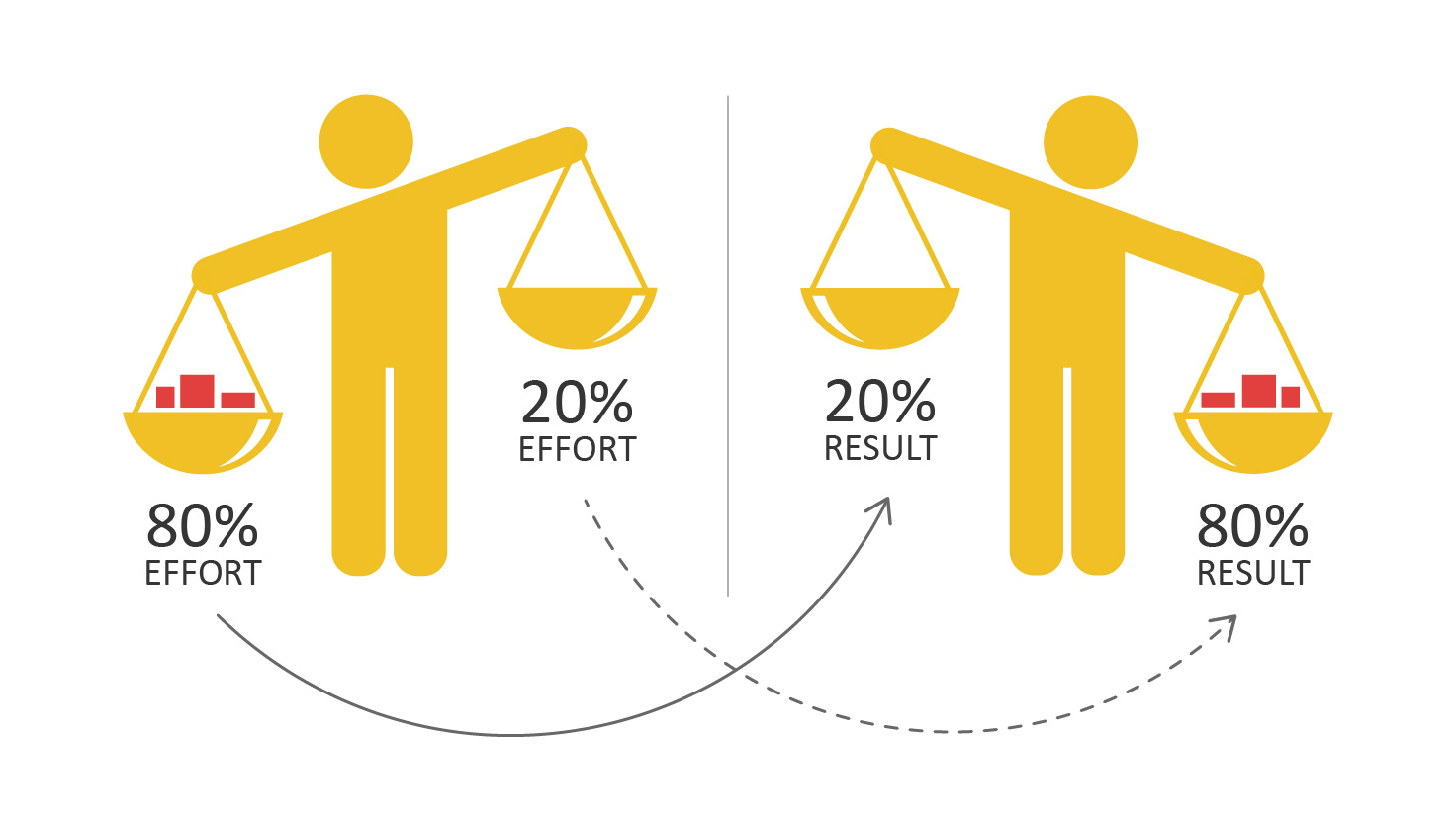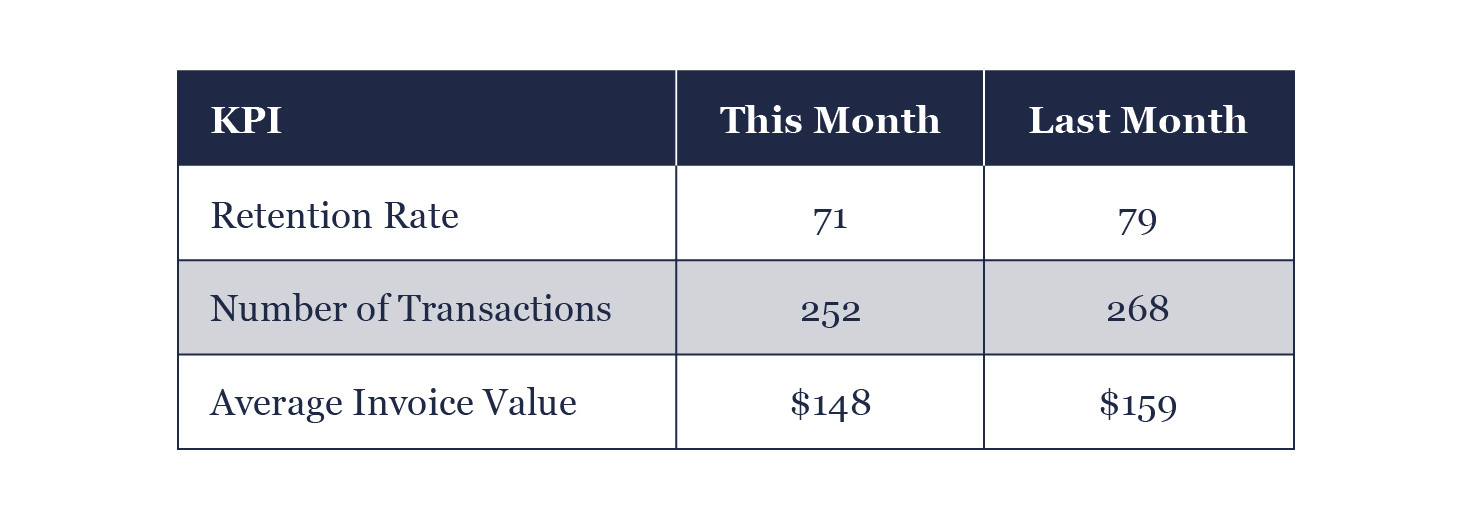
Developing the Key Performance Indicators for Your Veterinary Practice
With the actual process of KPIs development
Having KPIs for your practice is easy.
Having the right KPIs for your practice is not.
Let me explain.
Most of the practice managers copy the key performance indicators (KPIs) from a source based on their intuition… like from an article, a book, or by looking at the KPIs of other practice managers.
But does that work?
KPIs are unique to your goals. So, these KPIs should be carefully developed instead of just copying from other sources.
But developing KPIs is a difficult job. Hence, practice managers skip this task of developing their own KPIs.
Our experience says otherwise. Developing KPIs doesn’t need to be hard. After all, setting the right KPIs is the first step towards any goal.
And because these KPIs act like a north start and keeps us in the right direction, this foundational step should be done in the right manner. Do this wrong and you are dead in the water.
The process of developing your own KPIs has another key benefit. It forces you to think deeply about your goals and prioritize. This brings clarity and pace to execution.
In this article, we’ll show you:
1. Why your focus should be on the word “key” while developing the KPIs
2. Growth depends on profit & revenue
3. Finally, we will develop the KPIs for growth of your practice
In the end, you’ll have ready to use KPIs for your goal.
Let’s dive in.
The “Key” among all the indicators (Focusing on the right things)
80% of your outcomes come from 20% of your activities. (Pareto Principle)
Yet, we see practice managers & owners not taking the effort to find out what those activities are that drive 80% results for their practice.

Even some of those who do some measurements end up doing it the wrong way. It does not lead to the desired outcomes and thus is demotivating.
Add to it: There are urgent things in the practice that demands your attention as a practice manager like staff management, client relationship, and marketing. Hence measurement, tracking, and analytics seem trivial.
Almost all the practice managers understand the importance of KPIs in the growth of their clinic. Then why most of them fail at the first step? We’ve explained this in detail in this article.
Profit and Revenue for Growth
Here are the two most important things for your business – revenue and profit.
Obvious?
But as you’ll see how we break them into factors, that do the magic. (We’ll come to these factors in a while.)
Taking growth as our goal, we’ll need to set two things: profit and revenue, in this order.
We’ll discuss why profit comes before expansion in the next article in this series but for now, you can think of it like this:
Profit is a direct measurement of the client experience you provide. You need to get the client experience right for your existing clients before you plan to bring more clients and expose them to your practice.
Why focus on revenue for growth?
Even a slightly higher revenue makes you a major player in the market allowing you to take advantage of your larger size.
Look.
Here are ways a higher revenue allows you to take advantage in your market and put you ahead of your competition:
Buyer Power: With higher purchasing power, you can negotiate with your suppliers for lower prices.
Supplier Power: You can also afford to provide incentives to your clients in the form of discounted services or products. This will help you with client retention and in acquiring new clients both.
Threat of Substitution: Increased retention will solidify your position in the market, making it difficult for both your rivals as well as new players to threaten your position.
Ironically, even though these are the most fundamental concepts when it comes to running any business, they are forgotten by almost all the practice managers.
Now – you know how to take advantage of higher revenue, here we've discussed 4 highly effective marketing tactics to increase your revenue.
Do you now know how corporate clinics are killing small practices like yours?
Developing KPIs for growth
Here, I’m assuming you are familiar with what KPIs are. You can refer to this article on the basics of KPIs in case you are not.
KPI for Profit
Veterinary clinic loses as many clients on a monthly basis as they gain.
According to the American Animal Hospital Association, most vets don’t even pay attention to how many patients they are losing until it’s too late. With their focus set on adding more clients, many clinics take their eye-off this metric and start leaking clients.
Profit = Sales - Expenses
Simple maths, right?
But let us look at it through a different story.
Let us take two imaginary clinics:

Dr. John Pet Clinic with a client retention rate of 70% while Dr. Selena Pet Clinic having a retention rate of 85%, and both of them acquire 30% new customers each year.
At the end of the year, we have the following scenario:
Dr John has the same number of clients.
Dr Selena has 15% more clients.
Now look:
At the end of 5th year: Dr John is still at the same place while Dr Selena has doubled the number of clients. (Do you have more clarity of the situation now?)
Now let's finally see the situation after 10 years: Dr John is still at the same place not able to figure out what is happening. He is putting efforts in marketing and acquiring 30% new clients every year, but still, he is not growing.
On the other hand, Dr Selena is able to see the big picture, and focussed on retention. She has 4 times more clients now.
Are you making the same mistake that Dr John made?
There is a way to find out – include Retention in your KPIs.
We’ll discuss in more detail on how retention leads to profit in this article. But for now, we’ve got out first KPI for growth: Retention
Now since I’ve gone through the profitability, let’s move on to the next part - revenue.
KPI for Revenue
Revenue is a product of the total number of transactions, and the value of each transaction.
Revenue = Number of transactions * Average value of each transaction
Now, since we have the components of the revenue, let us dive into each of the metrics one by one and decide if they qualify for KPI or not.
Average Transaction Value:
Invoice value depends on the services taken by pet owners. Hence, for things like surgery and disease treatment, we don’t have many levers. For other regular services like grooming, you can definitely pitch other add ons like insurance to increase the invoice value.
One more way is to sell the products and take back the clients from those stores taking away your customers who used to shop at your clinics. The important thing here is not to be sales-y but to create awareness about the available products and additional services.
So the question you need to ask is - Do you have control over average invoice value?
If the answer to this is yes, then you have one more Key Performance Indicator: Average Transaction Value. (Let us know in the comments your way of increasing average transaction value.)
Number of transactions:
No. of Transactions = No of times existing clients turning up at your practice + Transactions by new clients
The number of times a client shows up depends on their previous experience with your practice while acquiring new clients is the result of your marketing efforts.
Since you have control over both of these factors, we’ll consider this metric as our KPI for growth.
Have you seen that retaining your existing clients contribute to profit and revenue both? We’ve discussed in the next article in this series.
How to Effectively Use These KPIs
Let us look at what we have achieved until now.
We have narrowed down three key metrics that affect the profit and revenue of our practice.
The benefit you get if you’ve to measure and act on just these three metrics is that it allows you to focus.
Less is more here.
Now only the last thing is remaining.
We need a dashboard that everyone can see on your team that looks like this:

Note: The client retention rate (in percent) is mentioned over a 12-month period for clients active in the past 18 months.
And this dashboard should be updated monthly.
Why I’m asking you to do this?
By displaying these three KPIs to your whole team, what you are essentially doing is making them part of your growth.
This dashboard will increase the transparency in your practice.
Your team will focus on these most important metrics and work as a team.
Want to try VETport for FREE?
No Credit Card Required
FREE Telemedicine App till Covid Crisis
Access to VETport PMS Email Course
Related Articles3. 11 ways to increase feline visits to your veterinary practice

